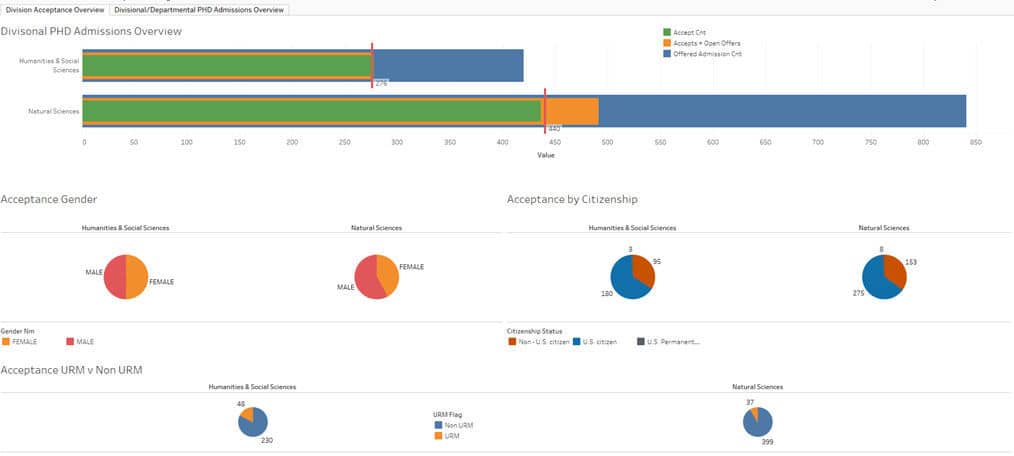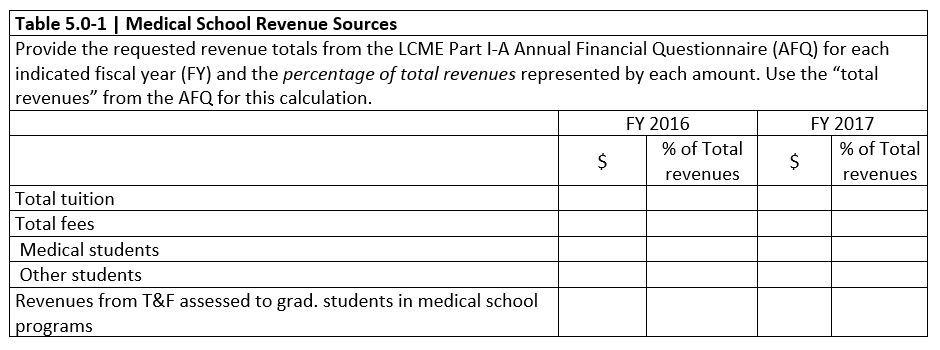The Liaison Committee on Medical Education (LCME) accreditation process for medical schools within the United State and Canada is a very intensive and time consuming process. As it should be, given the goal of these schools is to turn out some of the best medical professionals in the world. One could argue that the LCME data collection requires big data, given the breadth and depth of information required. This is attributed to nature of the LCME requirements. Schools can be either prescriptive based in their data collection practices or non-prescriptive which tends to allow for a more general response, thus providing more latitude. Either way, we still need to collect the data. What makes it big data is the nature of the data itself and where it lives. LCME requires data collection that is qualitative and quantitative; structured and unstructured; it is sourced from what feels like a gazillion systems, spreadsheets, surveys and interview notes from across the university and the medical school.
As it turns out, we have encountered and conquered this challenge before. LCME Big Data, let me introduce you to the Student Lifecycle data model. In a previous blog post by Kurt Rosenfeld, he described the power of the student lifecycle data model which perfectly extends to the LCME problem, as well. If we create a single view of the student, we can now report on some of the more fundamental requirements of LCME and satisfy the Continuous Quality Improvement (CQI) needs. As an extra benefit, each office within the university will now be able analyze across the student lifecycle. How serendipitous!
So, how is this all possible? Well, to meet LCME requirement 3.3 DIVERSITY/PIPELINE PROGRAMS AND PARTNERSHIPS we have already established a report that supports the admissions process heading into the target deadline by gender, citizenship and URM. This report allows the Office of Admissions to know how they are tracking based on total offers (blue bar), outstanding offers (orange bar), accepts to the admissions target (green bar to red line) while actively showing diversity attributes. We essentially have the makings to meet this requirement. It is a win-win for the Office of Admissions and Office of Education Quality.

Furthermore, if we traverse across the student lifecycle charting progress to degree and we can report on a student’s tuition and medical expenses, we now have the ability to meet the following requirement with an aggregated view from the student detail.

Our clients engage us because we understand the complexity of data to manage the student lifecycle. It’s core to our success and embedded as our tagline – “your data is our passion.” We work with teams that are under the LCME big data firestorm to create a win-win situation for the university. The 8-year cycle comes quick and the LCME big data challenges are not going to go away. The good news, organizations like CTI are here to help take some of pain away from the LCME accreditation process.
Mark Janowicz
@Janoman